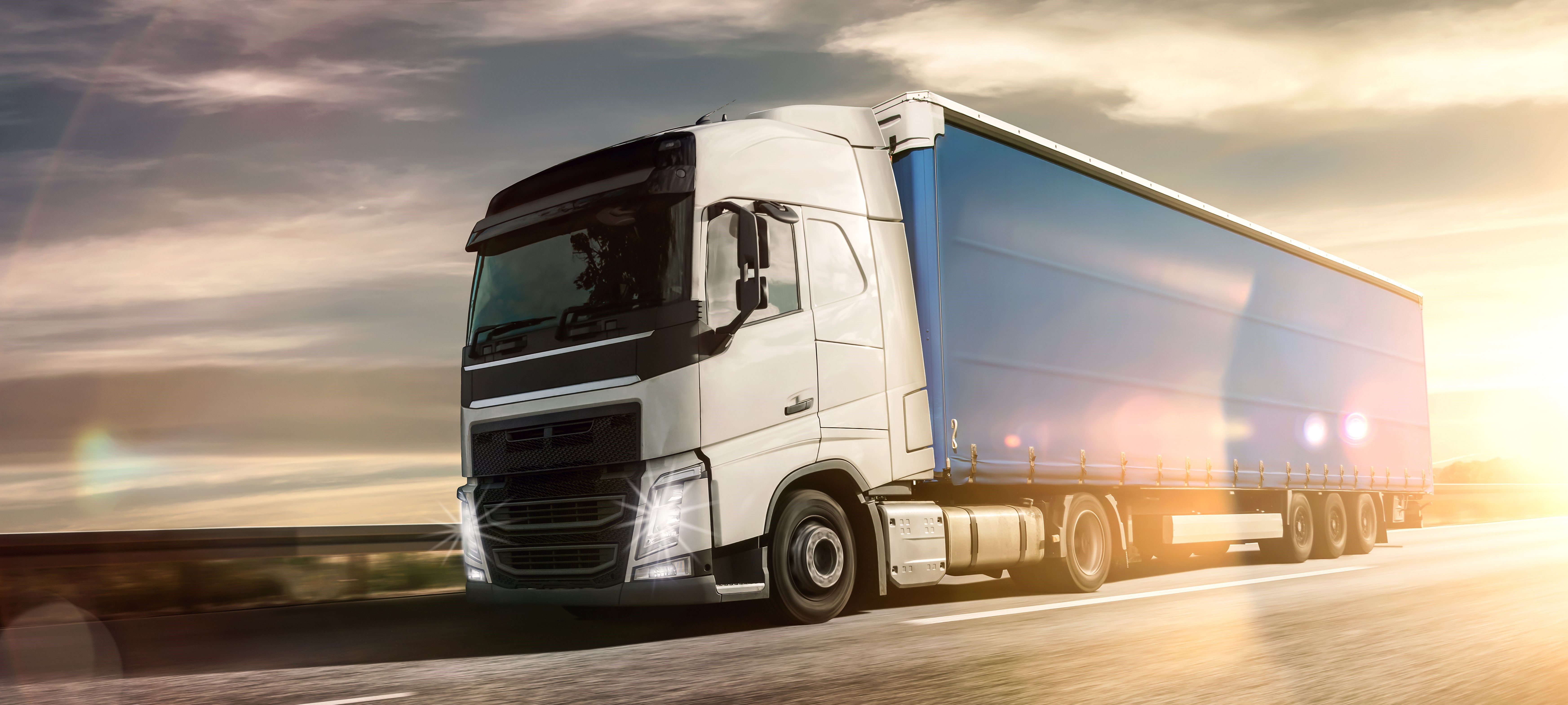Fraunhofer project "HANNAe" aims at CO2 reduction in road freight transport
Commercial vehicles are responsible for a total of 8% of CO2 emissions worldwide, or just under 50% in road traffic. Studies show a reduction potential of over 40 million t CO2 in Germany through the electrification of trucks. As part of the "HANNAe" project, eleven Fraunhofer institutes are researching the development of highly efficient powertrains for commercial vehicles in order to make a significant contribution to the decarbonization of road freight transport through the electrification of medium and heavy commercial vehicles. Fraunhofer IFAM is coordinating the project and is currently developing electric drive trains for commercial vehicles using new materials and innovative manufacturing processes. The main objective is to reduce CO2 emissions and TCO by increasing the efficiency of e-motors.
Asynchronous and synchronous motor for commercial vehicles
In 2020, the Fraunhofer innovation program "Highly efficient powertrain for commercial vehicles in consideration of the national mobility and hydrogen strategy – HANNAe" was launched. This was the first time that the Fraunhofer-Gesellschaft, with the combined R&D power of eleven institutes, took on the global challenge of CO2 reduction in truck traffic. The "Electric Drives" group at Fraunhofer IFAM is developing electric traction drives for commercial vehicles as part of the HANNAe project. This includes designs for a more efficient synchronous machine, which is, however, more cost-intensive to manufacture, as well as an asynchronous machine, which is somewhat less efficient in operation, but less expensive to manufacture.
Reducing CO2 emissions and TCO by increasing the efficiency of e-motors
In order to reduce both CO2 emissions and the total cost of ownership (TCO) of commercial vehicles, Fraunhofer IFAM is primarily investigating strategies to increase the efficiency of electric motors. To this end, the institute is combining its expertise in materials science and manufacturing technology with its know-how on electric machines and is pursuing approaches which significantly reduce the losses occurring in the winding and magnetic cores of the electric drives compared to the state of the art. The design of both electric machine concepts is consistently aligned with these new technologies and corresponding design and dimensioning rules are derived.
Highly thermally conductive potting compounds and printed sheets and magnets
On the one hand, the focus is on highly thermally conductive potting compounds that improve the heat dissipation of the electrical machine, in particular the stator winding, and that reduce the temperature-dependent current heat losses. On the other hand, iron losses in electrical machines can be reduced by additively manufactured soft magnetic components using thinner printed sheets and iron materials with a higher silicon content.
The potential of the manufacturing processes, which are also to be tested in practice, will be investigated using virtual drive system demonstrators and compared with the state of the art. In addition, design rules in e-machine design and construction will be derived, which will allow the manufacturing-appropriate design for the new materials and processes. The additive manufacturing of further components (e. g. electrical sheet packages or hard magnets) also enables potentially innovative approaches to reducing manufacturing costs.
Complete switch to electrically powered commercial vehicles by 2040
Commercial vehicle manufacturers have announced their intention to fully convert their production to manufacturing electrically powered vehicles by 2040. The need for research and development is not limited to electric traction drives. Some of the research results from HANNAe can also be transferred to other electric drives, e. g. in auxiliary units for fuel cell systems – and ultimately also to applications and industries outside the automotive sector.
In addition, in view of the steady progress in the field of storage technologies for electric vehicles, the need for application-specific drive technologies will also increase significantly in the future. While installation space, weight and costs for the powertrain are currently still strongly dominated by energy storage systems, an increase in the energy density and cost reduction of storage systems is expected to be accompanied by an increasing significance of the manufacturing costs and thus also the production technology of electric drives.
Design of e-motors, prototype construction, and performance testing
Electromobility is a core competence of Fraunhofer IFAM. The institute offers comprehensive expertise in the development of electric drives. These can be used for mobile applications in aircraft and vehicles, but also for stationary applications, for example in industrial plants. A major strength of the institute is the combination of manufacturing technology with comprehensive application know-how in the field of electric drives.
Dennis Jahnke heads the "Electric Drives" group and develops electric motors with his team: from design and dimensioning to prototype construction and subsequent performance testing. He is also supported in his development work by other experts from the institute with a focus on manufacturing processes and materials.
 Fraunhofer Institute for Manufacturing Technology and Advanced Materials IFAM
Fraunhofer Institute for Manufacturing Technology and Advanced Materials IFAM